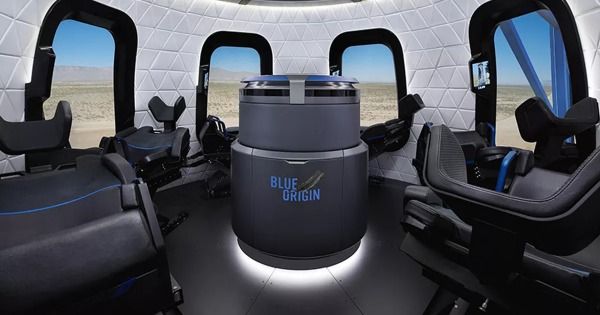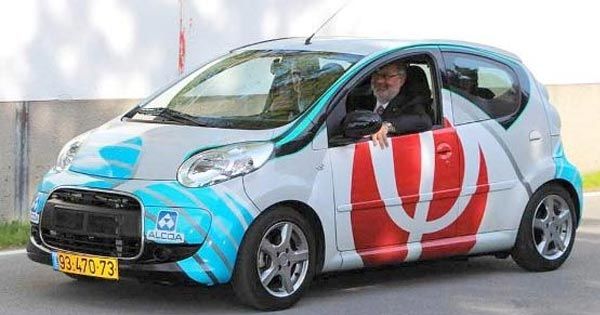Without humans to cause accidents, 90% of risk is removed. Insurers are scrambling to prepare.



Amazon CEO Jeff Bezos wants to send its first passengers to space as soon as this year. Bezos spoke during a private event at the Yale Club in New York City, Business Insider reports.
“This year. This is the first time I’ve ever been saying, ”this year.” For a few years, I’ve been saying, ”next year,” Bezos told Jeff Foust, senior staff writer at Space News, during the event.
The billionaire’s private space tourism company Blue Origins has been making some big strides towards that goal in recent years. Its flagship suborbital vehicle New Shepard reached the so-called Kármán line (62 miles or 100 km), widely agreed to be the edge of outer space, for the first time during a test flight in 2015.

“One way or another, this technology is coming. These cars are already being tested in cities,” Richard Ezike, the lead author of the study, said in an organization-published press release. “If we do not plan and set out thoughtful policies, driverless cars could exacerbate the challenges we see in transportation today — especially for underserved communities.”
Take the Bus
The researchers argue that cities that introduce autonomous vehicles should also invest in public transit, to make sure that those who have longer commutes and would get stuck in the newly-introduced congestion can still find and make it to their jobs.

Phinergy is a leading developer of breakthrough, absolutely zero emission, high energy density systems based on metal air energy technologies, mainly Aluminum-Air and Zinc-Air. Unlike conventional batteries that carry oxygen, these batteries freely breathe oxygen from the ambient air to release the energy contained in metals.
(274361)
Category: Innovation

An ice-penetrating robotic system to transport an exploration AUV.
TheTeredo IceShuttle is a robotic probe which is capable to transport a payload through an ice-shield towards an environment located beneath the ice. The System is developed in context of the project Europa-Explore r. For that project, a set of robots are developed to model the exploration of the hypothesized ocean on Jupiters icy moon Europa by an analog mission on earth. Within the scenario the IceShuttle transports an autonomous underwater vehicle (AUV) as its payload. (image below)

This 3D-printed concept wheel by tyre manufacturer Goodyear uses living moss to absorb moisture from the road, before converting it into oxygen through photosynthesis.
The Oxygene tyre was revealed at this year’s Geneva Motor Show that officially kicked off yesterday, 8 March 2018.
The concept is a response to research conducted by the World Health Organisation (WHO) that revealed more than 80 per cent of people who live in urban areas are exposed to air quality levels deemed to be unsafe.

VISALIA, Calif. – Forget about the high-speed rail zipping commuters from San Francisco to Los Angeles.
One Southern California politician, state Sen. John Moorlach, has introduced a bill that would do away with speed limits for certain lanes on I-5 and Highway 99 – two vital roadways that stretch across the Golden State.
The measure would require the Department of Transportation to expand the 235-mile stretches from Bakersfield to Stockton on both sides of I-5 and Highway 99 by two lanes.



To make a regular car go faster on the track, you can add go-fast components like a turbocharger or better fuel, or improve handling components like brakes and tires. Carmakers can also make a dizzying amount of software tweaks to everything from the stability and traction control systems to throttle mapping and how much fuel gets into the engine.
But with an electric car, the software is the star of the show. Code controls everything. That’s why Tesla can introduce Track Mode to the Model 3 with a software download, unlocking new features designed to get the electric sports sedan around a track faster than before.
On something like the BMW M5, putting the car in Sport Mode adjusts a dizzying array of settings for throttle response, transmission, chassis, steering, stability control, and whether the car operates in all- or rear-wheel drive.